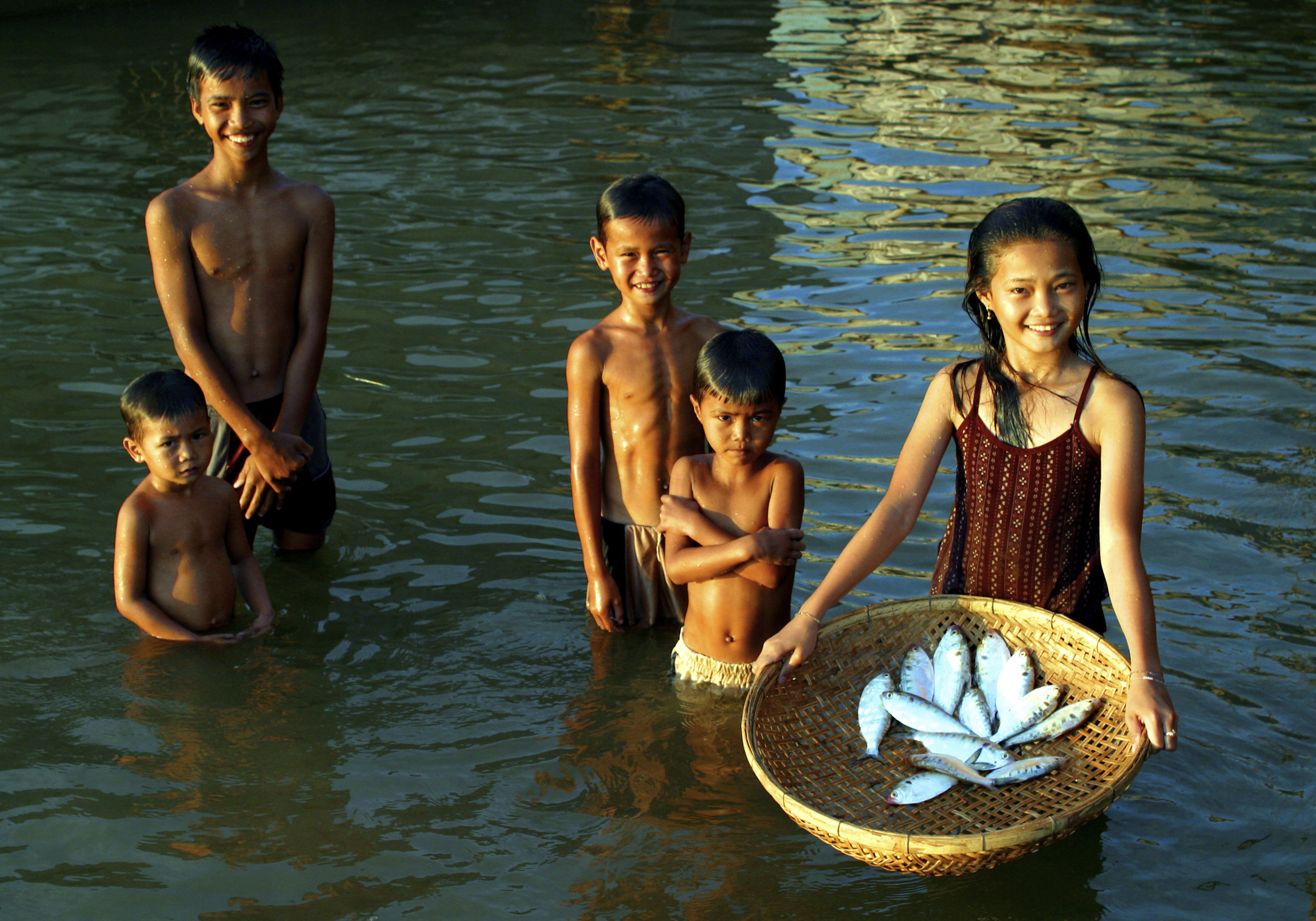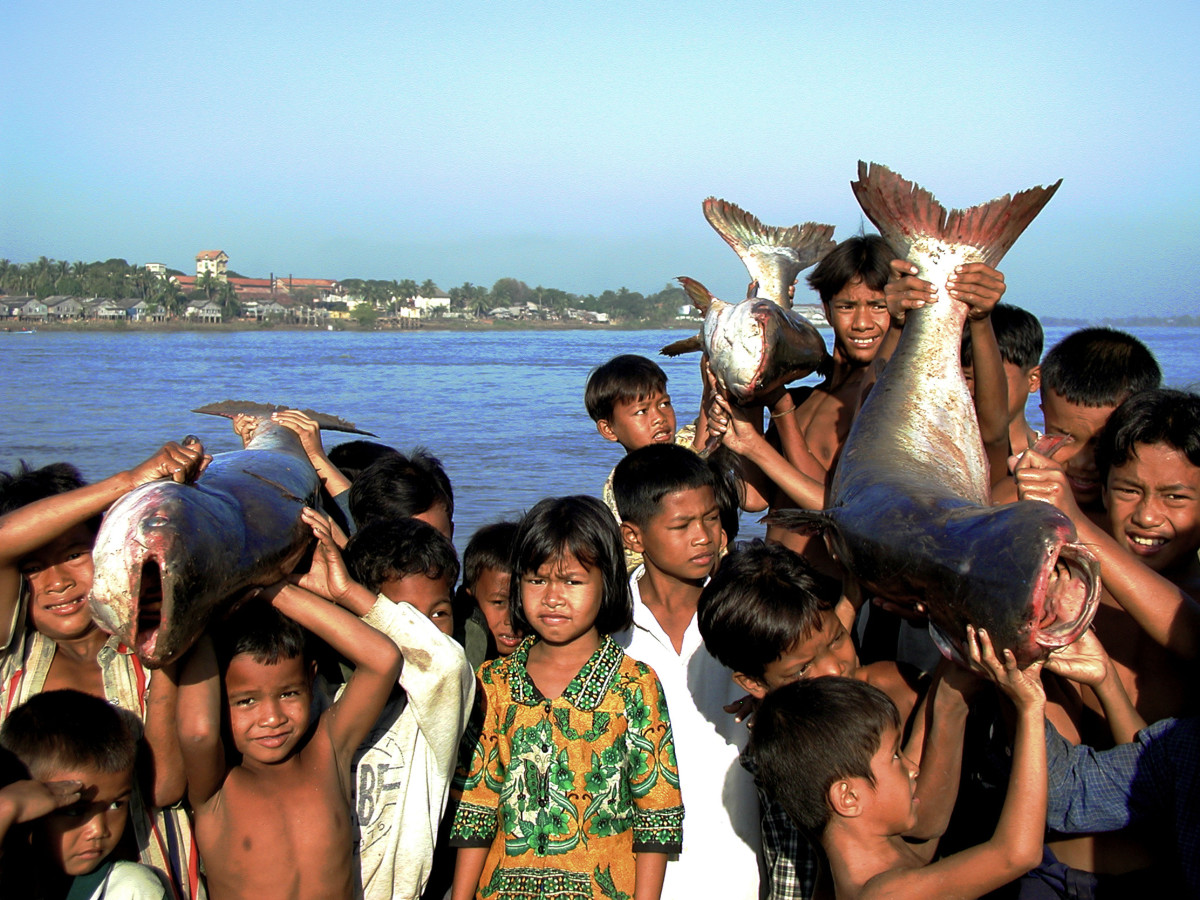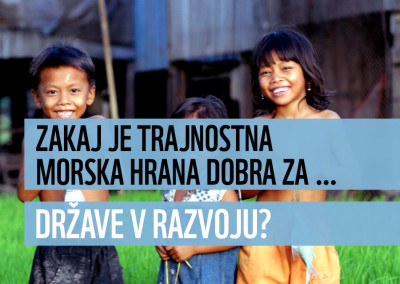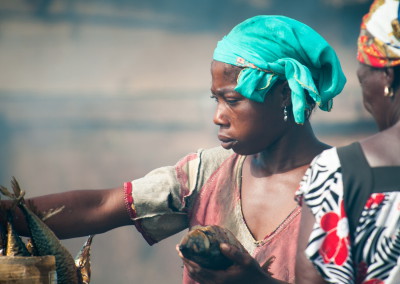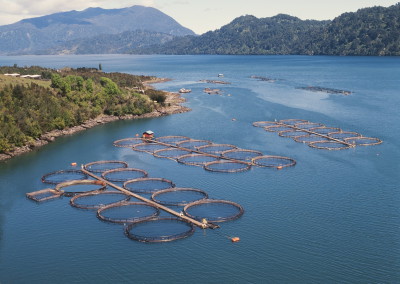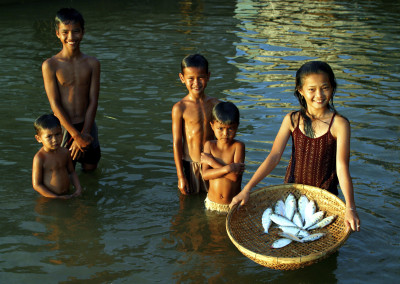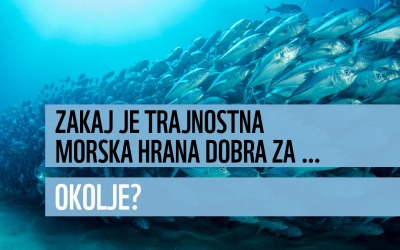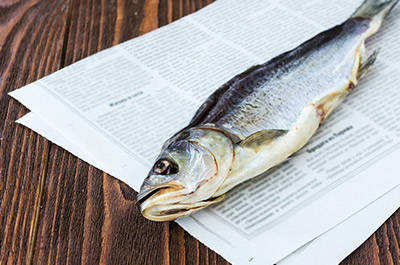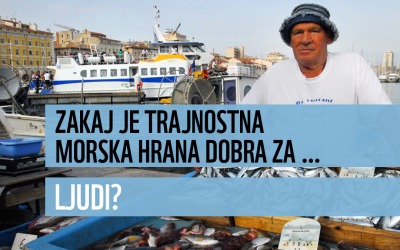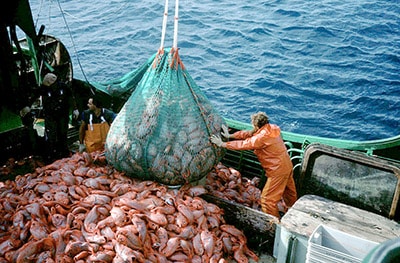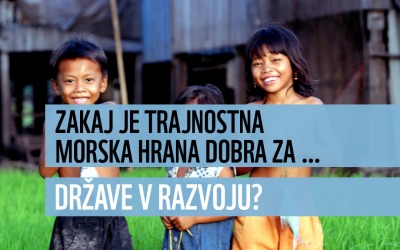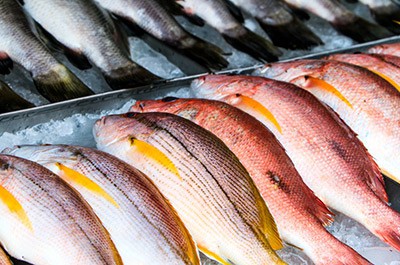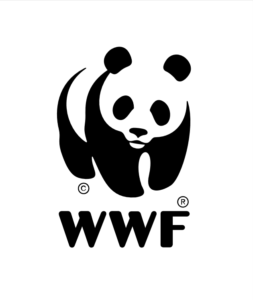One fish to feed a family
A fish that ends up in your frying pan has often had a long journey, passing through many hands, often through those of coastal fishermen in developing countries.
Tastefully outlined in the menu at your favourite restaurant: pan fried tuna with sesame seeds and spinach. But do we really know what we’re eating? Do we know where the fish came from and how it was caught? Do we know what sort of fish it is e.g. Yellowfin tuna, or even whether it’s the highly endangered Pacific Bluefin tuna?
Maybe it’s tuna from large industrial fisheries, caught by purse seines with Fish Aggregation Devices (FADs) or long lines with thousands of hooks. Practices that cause an enormous amount of bycatch.
Though maybe it’s tuna from small-scale fishermen on traditional boats in the coastal region of the Philippines – caught by handlines in deep waters to ensure that only the large, fully grown fish take the bait – fish that have already reproduced. Bycatch from this type of fishing is very low.[1]
Yes, our buying and consumer decisions have far-reaching consequences. The lives of 120 million people, whose income relies directly on fishing, are dependent on intact, healthy oceans with enough fish and most of these people, 97%, live in developing countries.[2] Overfishing our seas also means robbing 800 million people of their livelihoods, people who don’t only work in fisheries but also in jobs reliant on fishing.[3]
However, if we choose to consume sustainably sourced fish, we often feed whole families too. In other words, what we eat here potentially has an effect on a fisherwoman or a fisherman who, thousands of kilometres away, gets on his boat and casts his line, in the hope that he can provide a better life for himself and his family.
By choosing sustainably sourced fish we have the opportunity to directly influence the living conditions of people at the other end of the supply chain. By buying sustainably sourced fish and seafood products, we are giving people involved in the supply chain (catch, culture, processing, transport and sales) a chance to earn a long-term income.
show references for this article
[1] Food and Agriculture Organization of the United Nations (FAO). Bycatch in small-scale tuna fisheries: A global study. Rome, 2011. Page 32.
http://www.fao.org/docrep/014/i2175e/i2175e00.pdf
[2] The World Bank. Hidden Harvest: The Global Contribution of Capture Fisheries. Washington. Page XI; https://openknowledge.worldbank.org/bitstream/handle/10986/11873/664690ESW0P1210120HiddenHarvest0web.pdf?sequence=1
[3] HLPE, 2014. Sustainable fisheries and aquaculture for food security and nutrition. A report by the High Level Panel of Experts on Food Security and Nutrition of the Committee on World Food Security, Rome 2014. Page 34. http://www.fao.org/3/a-i3844e.pdf















